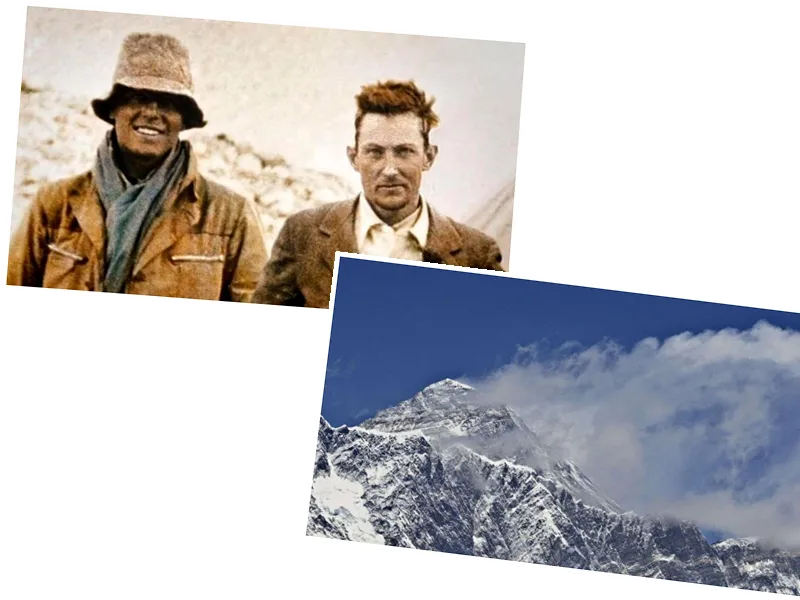Discovery of Andrew Irvine's Remains on Everest
In a groundbreaking revelation, National Geographic announced on October 11, 2024, that the remains of British climber Andrew Irvine, who vanished alongside George Mallory on June 8, 1924, have been discovered on Mount Everest. The find, which includes a foot still encased in a boot and a red sock labeled 'AC IRVINE', was made in the central Rongbuk Glacier, just a few hundred meters from the summit of the world's highest peak. This discovery could potentially shed light on one of mountaineering's greatest mysteries: whether Mallory and Irvine reached the summit before their disappearance.
The historical context surrounding the climb adds to the intrigue. Mallory and Irvine were last seen near the summit, and while their disappearance has long been a topic of speculation, the discovery of Irvine's remains could provide crucial evidence. The body of George Mallory was previously found in 1999 at an altitude of over 8,300 meters, identified by his equipment.
Implications for the Climbing Community
The implications of this discovery extend beyond providing closure for Irvine's family, who have offered DNA samples for confirmation. Renowned photographer and filmmaker Jimmy Chin, part of the expedition that located the remains, expressed hope that this breakthrough could lead to the recovery of a Kodak Vest Pocket camera believed to have been carried by the climbers. Such a find could potentially confirm whether Mallory and Irvine indeed reached the summit in 1924, a claim that remains contentious among historians and mountaineers.
While the official first ascent of Everest was achieved in 1953 by Sir Edmund Hillary and Tenzing Norgay, many in the climbing community believe that Mallory and Irvine may have succeeded nearly three decades earlier. The search for the camera, which could contain photographic evidence of their ascent, has been ongoing since the 1930s but has yet to yield results. With the recent findings, hopes are renewed that the camera's location may be narrowed down, leading to its eventual discovery.
The Impact of Climate Change on Everest
The ongoing effects of global warming have also played a role in the revelation of climbers' remains on Everest. As ice melts, the bodies of climbers who perished on the mountain over the years are increasingly being exposed. This phenomenon has led to the discovery of many climbers' remains, which serve as poignant reminders of the mountain's treacherous nature. Over 300 climbers have lost their lives attempting to scale Everest, and the remains of those who have perished often become landmarks for future climbers.
As the climbing community processes this latest discovery, the legend of Mallory and Irvine continues to captivate the imagination, leaving many to ponder the true story of their final ascent.





